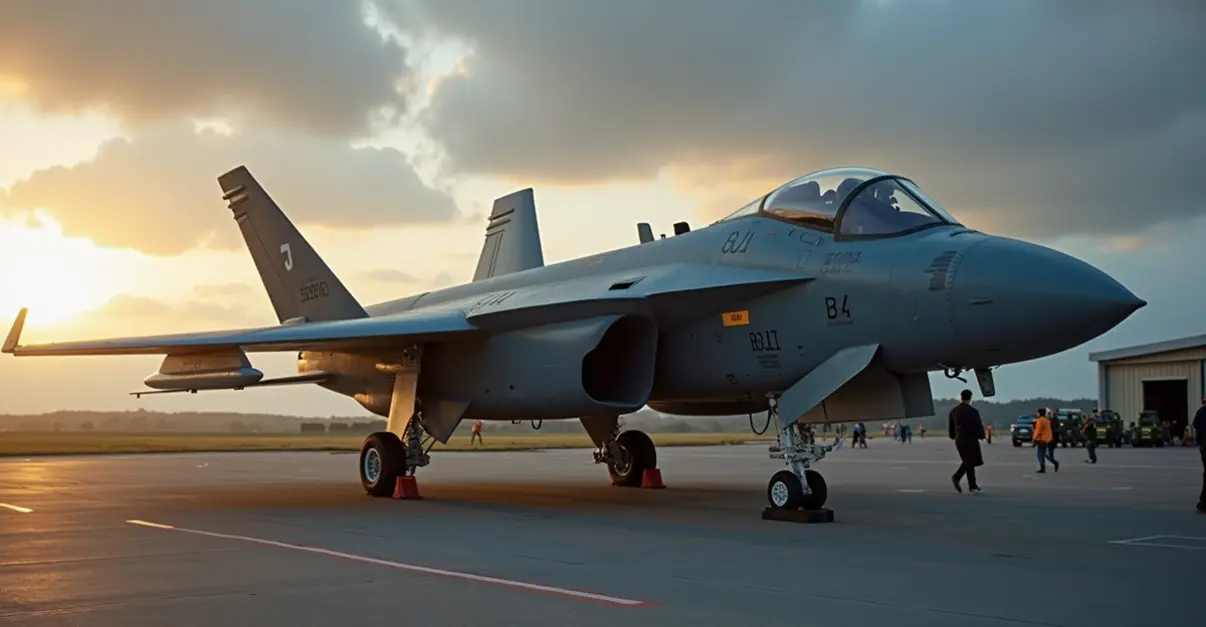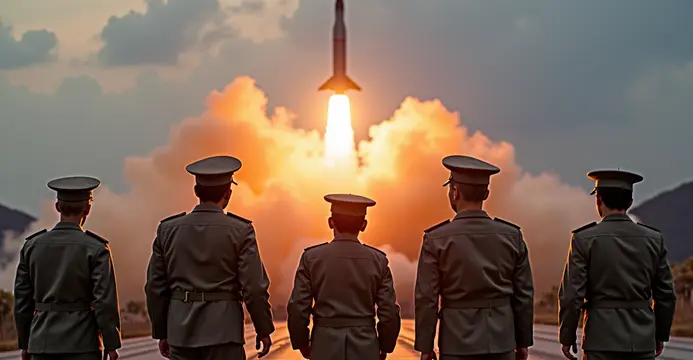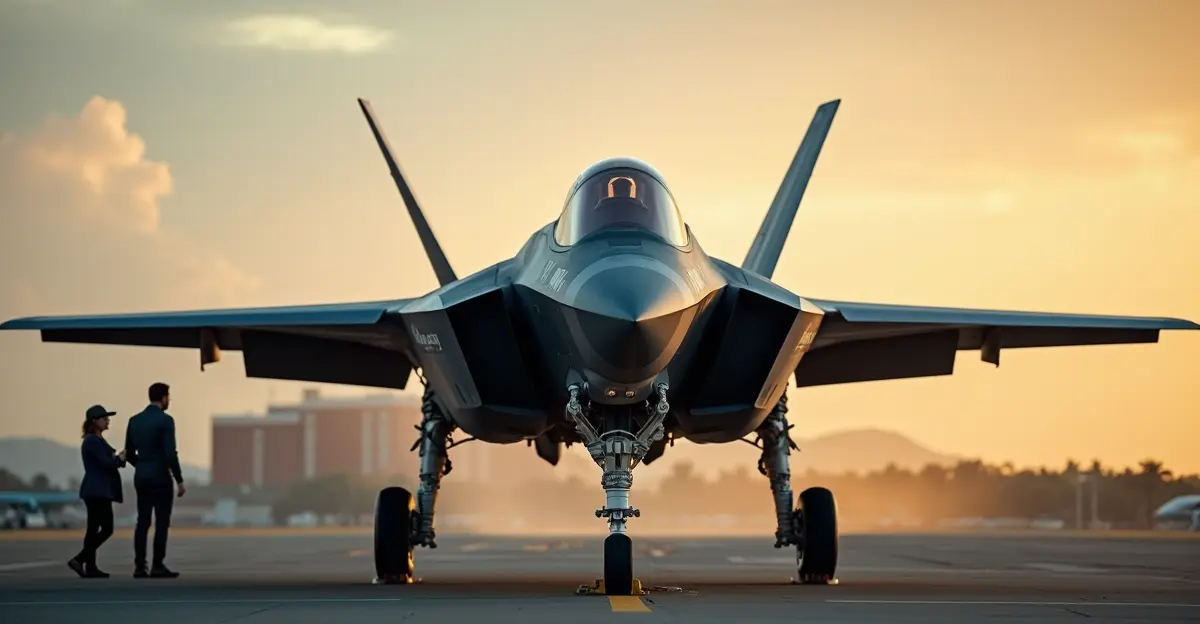Spain rejects US F-35 jets, choosing European Eurofighter Typhoon and FCAS program to strengthen domestic defense industry and European technological independence.

Spain's Strategic Shift to European Defense Independence
In a landmark decision that signals a major shift in European defense strategy, Spain has officially rejected the acquisition of American F-35 fighter jets in favor of strengthening its domestic defense industry and European partnerships. The Spanish Ministry of Defense announced this strategic move, emphasizing that 85% of additional defense spending will now flow to European companies rather than American defense contractors.
Eurofighter Typhoon: The European Workhorse
The Eurofighter Typhoon, developed as a multinational European project involving the UK, Germany, Italy and Spain, will form the backbone of Spain's air force modernization. Spain currently operates 70 of these advanced multirole fighters, with new deliveries scheduled to begin in 2026. 'This decision ensures our technological sovereignty and strengthens European defense cooperation,' stated a defense ministry spokesperson.
The Typhoon, first flown in 1994, represents Europe's answer to modern air combat requirements. While it lacks the stealth capabilities of the F-35, it offers superior maneuverability and has proven itself in NATO operations including the 2011 intervention in Libya.
FCAS: The Future of European Air Power
Spain is also playing a crucial role in the Future Combat Air System (FCAS) program, a next-generation fighter project developed jointly with France and Germany. This ambitious program aims to create a sixth-generation combat aircraft system that will replace current European fighter fleets from 2040 onward.
The FCAS represents Europe's most significant defense collaboration since the Eurofighter program, though development has faced challenges due to differing technological priorities among partner nations.
Strategic Implications and Challenges
Spain's decision carries significant operational implications. The F-35B variant was particularly attractive for its vertical takeoff and landing capabilities, which would have been essential for operations from Spain's Juan Carlos I aircraft carrier. With the retirement of Harrier jump jets scheduled for 2030, Spain faces a capability gap in naval aviation.
Defense analysts note that while both aircraft cost approximately €100 million per unit, the real difference lies in technological independence. 'There were persistent rumors that the US could remotely disable all F-35s if needed,' commented military analyst Carlos Mendez. 'While technically not possible, maintaining these complex aircraft without American logistical support would be extremely challenging.'
This move aligns Spain more closely with European defense initiatives and reduces dependency on US military technology, potentially influencing other European nations considering similar procurement decisions.

 Nederlands
Nederlands English
English Français
Français Deutsch
Deutsch Español
Español Português
Português







